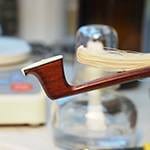In the first part of this blog series, I explained “When is a phono equalizer (phono amp) necessary?”
To summarize, when the output signal from your turntable is only PHONO output, you’ll need either a phono equalizer or a DJ mixer that supports PHONO input. Depending on your turntable, you might be able to switch between PHONO and LINE output, in which case you can enjoy music simply by connecting it to monitor speakers without needing an additional phono equalizer.
So, why exactly is the phono equalizer function necessary when playing records? This has to do with how sound is recorded and played back on analog records.
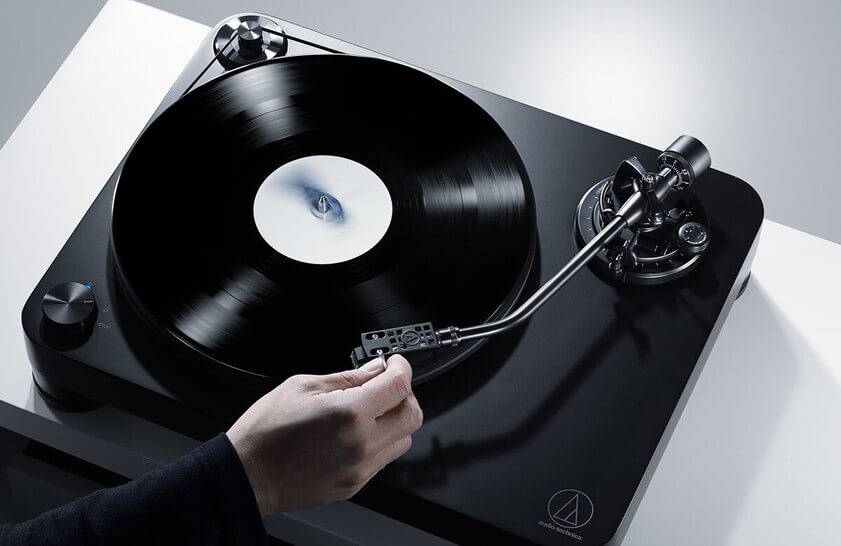
How Sound is Produced from Analog Records
If you closely examine the surface of an analog record, you’ll notice fine lines etched in concentric circles. These are called ‘grooves’ or ‘V grooves’, and all of these lines contain audio signals. When the stylus (record needle) touches these grooves, the needle moves slightly according to the shape of the groove, and the cartridge converts these vibrations into electrical signals.
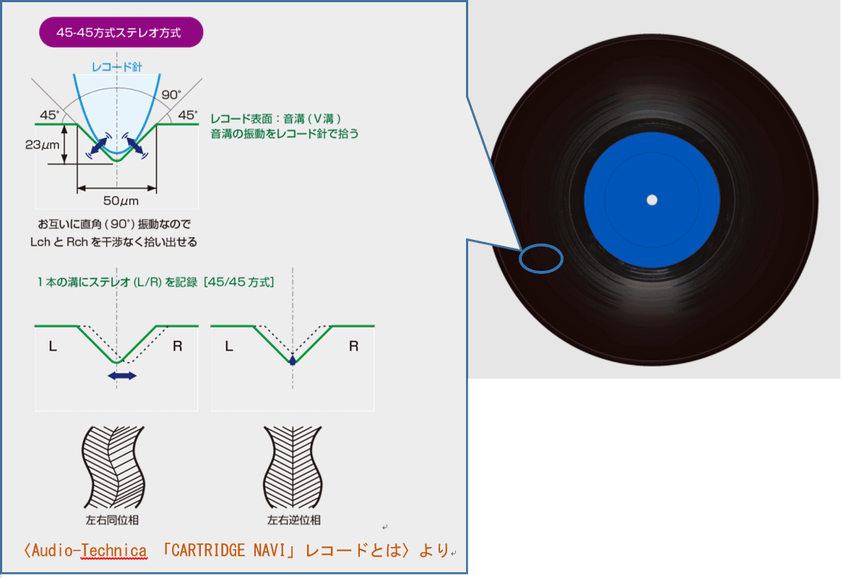
If low frequencies or loud sounds (which have large amplitude) were recorded directly onto the record surface, the movement of the needle would be too large, potentially causing it to jump out of the groove. Moreover, for large amplitude sounds, the grooves would need to be spaced further apart to prevent interference, reducing the amount of music that could be stored on the record. To avoid this, low frequencies are recorded at a reduced volume. On the other hand, high frequencies, which have smaller amplitudes, can easily mix with surface noise. To prevent this, high frequencies are recorded at higher volumes.
If you try to play the sound directly as it is recorded on the record, the result would be weak bass, sharp highs, and a generally low volume. The phono equalizer corrects these imbalances, restoring the original sound.
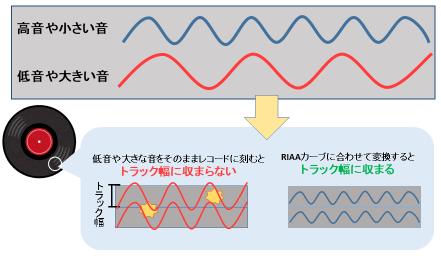
Now that we’ve covered how sound is produced from analog records, let’s move on to a detailed explanation of the two main functions of a phono equalizer.
Function of the Phono Equalizer 1 “Amplifying the Output Level”
The first function of the phono equalizer is to “amplify the output level of the sound picked up from the grooves on the record.” A low output level essentially means low volume.
While the output signal from audio devices like CD players is around 2V, the output from a record player is a mere 0.1 to 5 mV—an extremely small signal. Therefore, the signal needs to be amplified to a sufficient output level. Comparing the output levels of common record players and CD players makes it clear just how small and quiet the signal from a turntable is.
- For the Pioneer DJ / PLX-500
- LINE Output:
- 150mV/1kHz
- PHONO Output:
- 2.5mV/1kHz
- For the audio technica / AT-LP7
- LINE Output:
- 280mV/1kHz
- PHONO Output:
- 4.5mV/1kHz
- For the Yamaha / CD-S300RK CD Player
- LINE Output:
- 2.0(± 0.3)V /1kHz
| CD Output (LINE Level) | Record Output (PHONO Level) |
|---|---|
| Approximately 2V | 0.1~5mV (About 1/100 to 1/1000 of the output of a CD) |
Function of the Phono Equalizer 2 “Restoring the Original Sound from the Record”
The second function of the phono equalizer is to restore the recorded sound on the record to its original form. A key term in this process is the ‘RIAA curve’.
What is the RIAA Curve?
As explained earlier, recording sound onto a vinyl record as-is poses challenges: bass requires grooves that are too wide, while treble results in grooves that are too narrow. To address this, during the cutting process (when grooves are etched), bass is reduced and treble is increased. This method of recording, where “bass is recorded smaller and treble larger,” follows a global standard known as the RIAA curve. RIAA stands for the Recording Industry Association of America. When playing back a record, the opposite process is applied to restore the sound to its original form. In other words, the bass is amplified and the treble is reduced. This reverse process is performed by the phono equalizer.
Let’s break this down using an illustration of how the phono equalizer restores the original sound:
1.The record plays back sound altered by the RIAA curve.
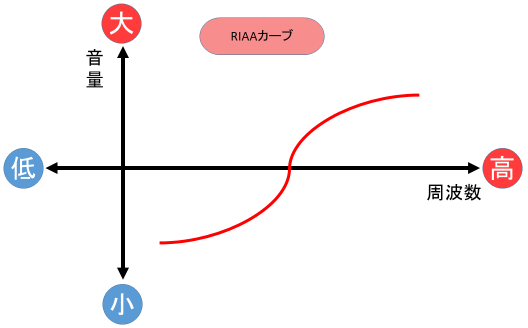
As mentioned earlier, to fit within the tracking width, bass is recorded at a lower volume (with thicker grooves), and treble is recorded at a higher volume.
2.The phono equalizer applies the inverse RIAA curve.
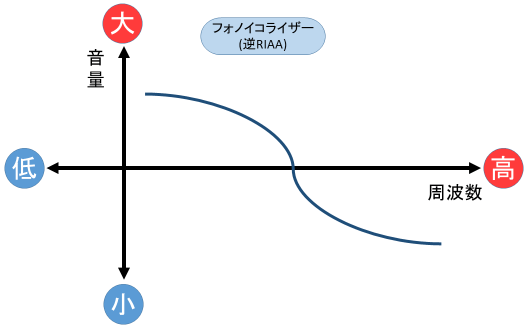
The bass, which was reduced during recording, is amplified during playback, and the treble, which was boosted, is lowered accordingly.
3.The RIAA curve and inverse RIAA curve cancel each other out, restoring the flat, original sound.
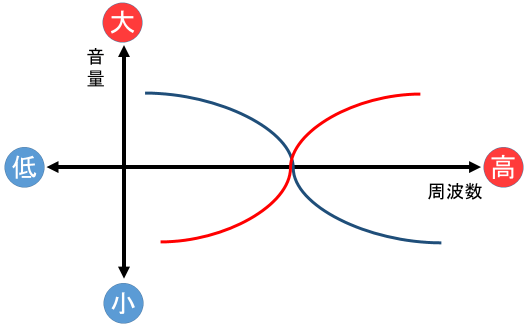
The audio signal from the turntable, after passing through the phono equalizer, is amplified to a listenable volume and restored to the original sound of the music. This signal is then sent to the speakers, eventually reaching our ears as sound.
In this article, I’ve introduced the functions and use of a phono equalizer.
If you’re thinking about starting a vinyl collection at home or want to enjoy better sound quality from your records, paying attention to the phono equalizer might be a good idea.
Keep in mind that phono equalizers are compatible with specific types of cartridges, such as MC and MM, so be sure to check the specifications of the record player, cartridge, or audio equipment you plan to use. See you next time!
■Turntables for Listening - Best Seller Rankings
■Phono Equalizers - Best Seller Rankings
■Digital DJ Mixers - Best Seller Rankings





![[Part 1] A Beginner’s Guide to “What is a Phono Equalizer?” [Explanation & Popular Rankings]](https://www.soundhouse.co.jp/contents/uploads/thumbs/2/2021/6/20210612_2_13072_2.jpg)

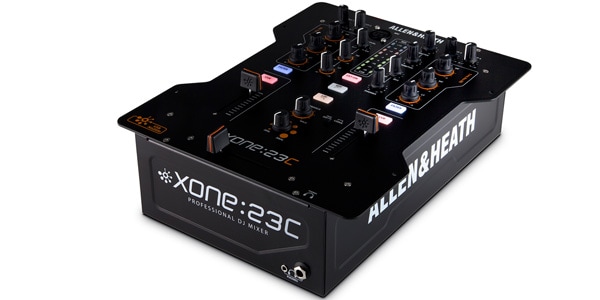
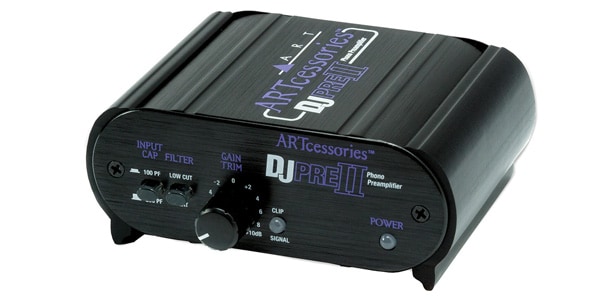
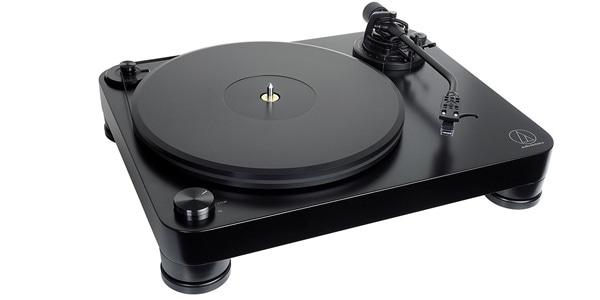
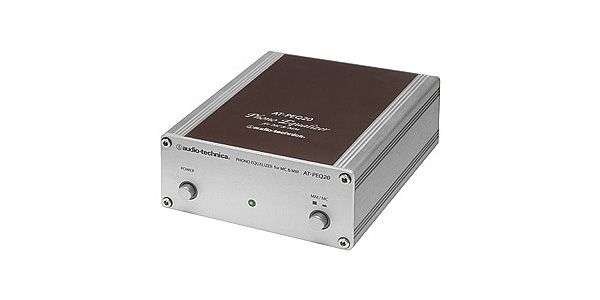
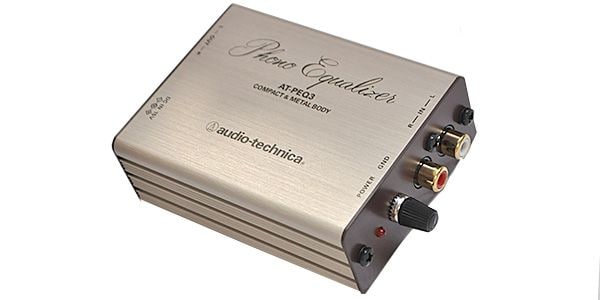
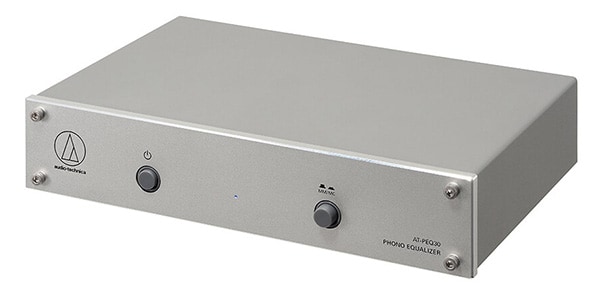
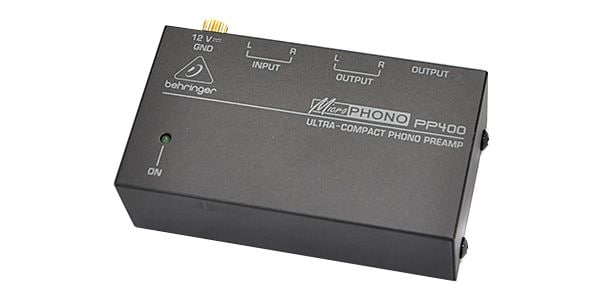
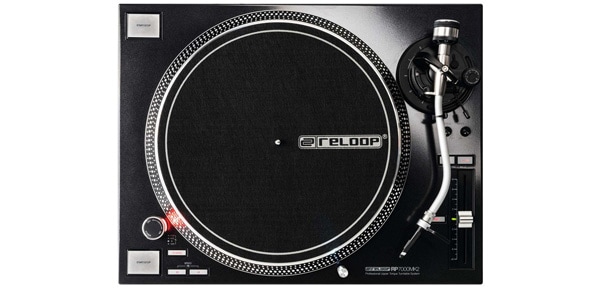
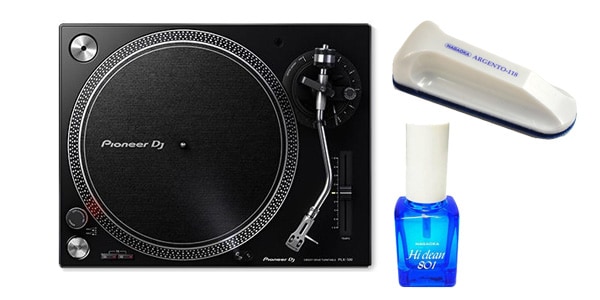
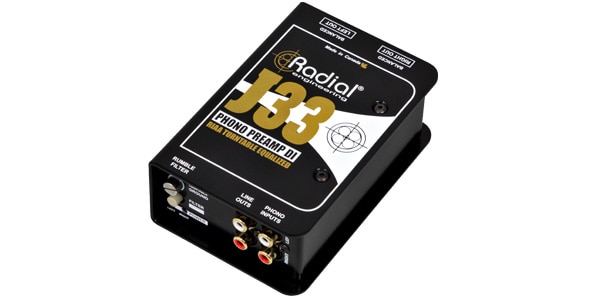
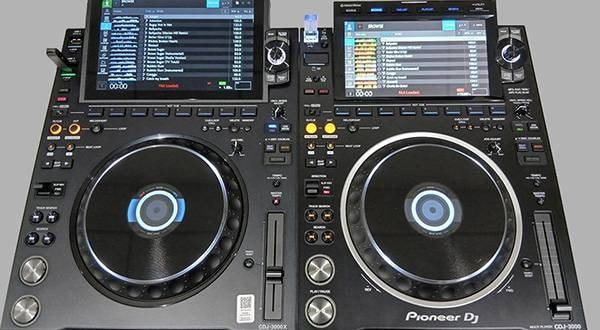
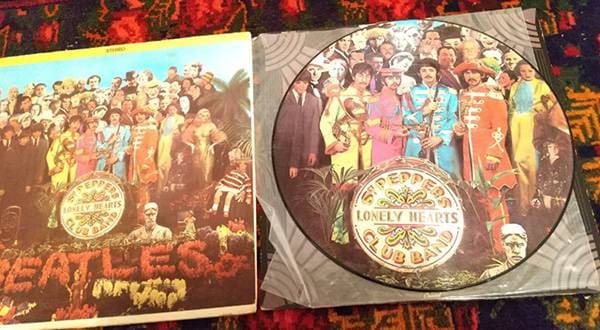
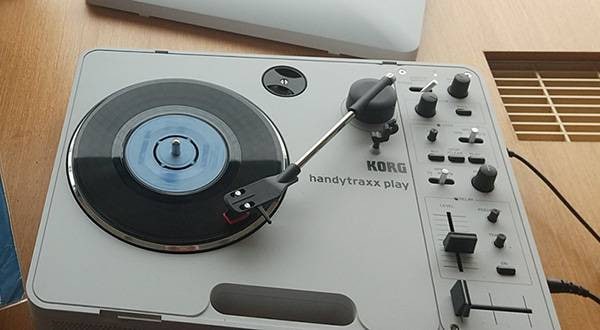
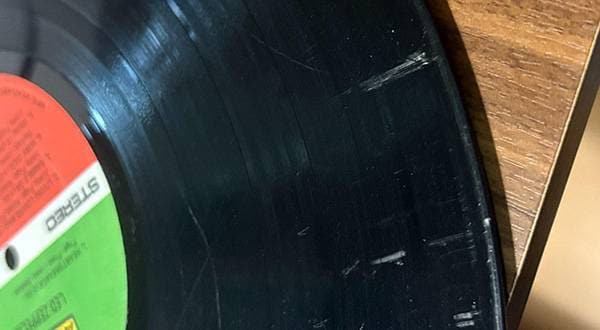

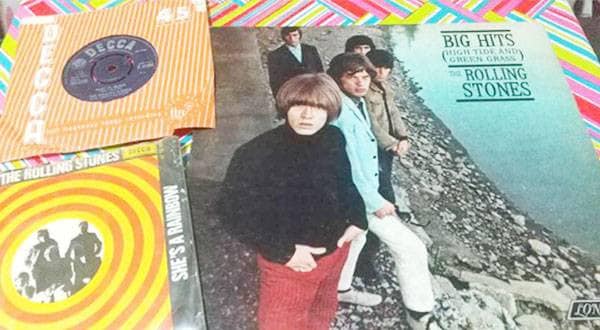
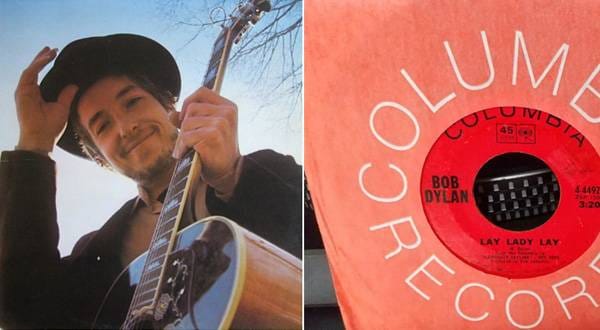
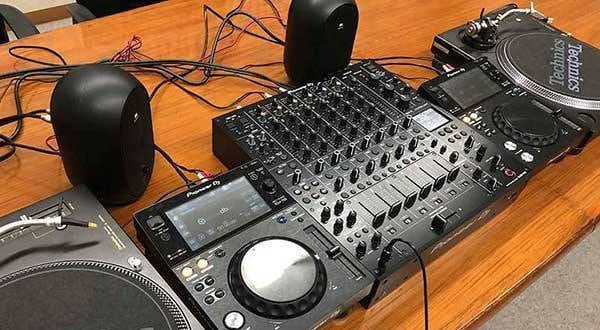
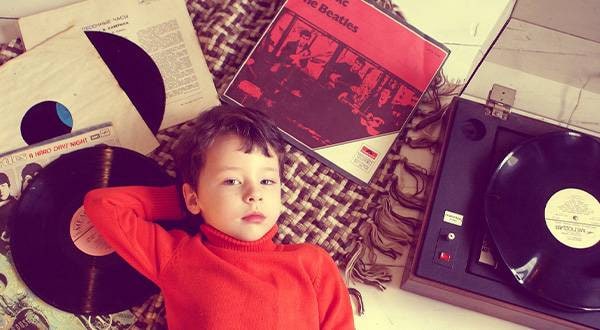
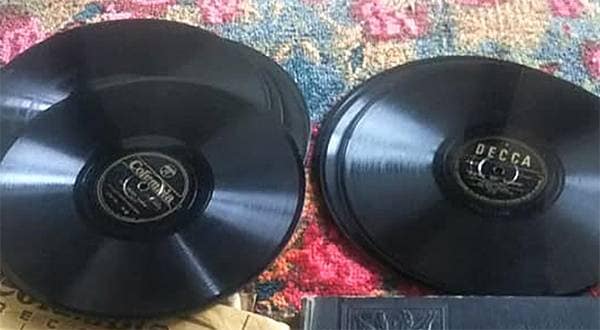

 スクラッチ編
スクラッチ編
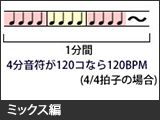 ミックス編
ミックス編
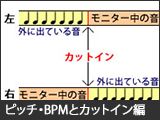 ピッチ・BPMとカットイン編
ピッチ・BPMとカットイン編
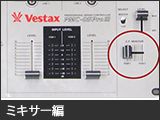 DJミキサー編
DJミキサー編
 カートリッッジの組み立て&配線編
カートリッッジの組み立て&配線編





